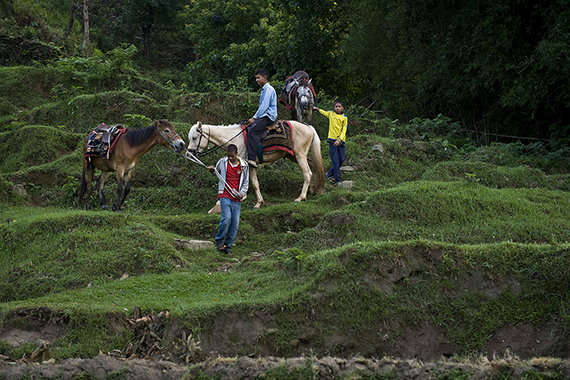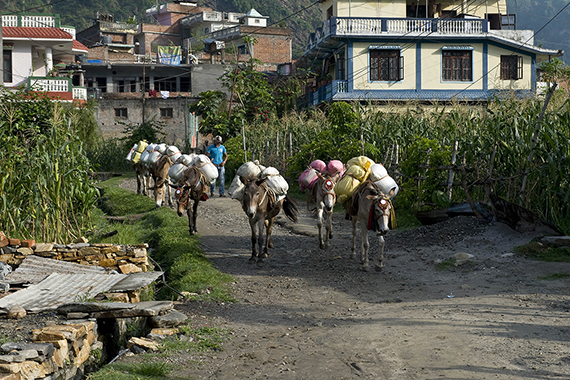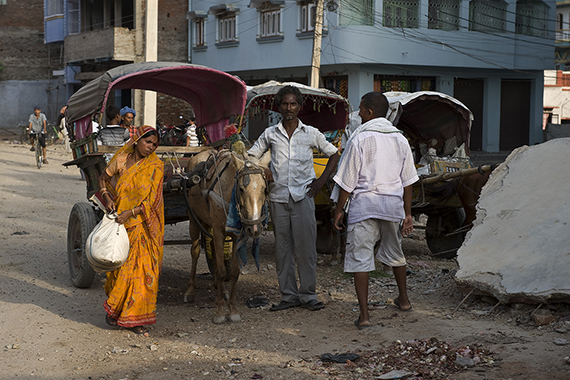The Brooke are a UK charity for working horses, donkeys and mules in some of the world's poorest communities. They have a small toy horse, Luka, as part of their facebook campaign who is photographed in different parts of the world by field staff. Whilst working with the Brooke recently in India and Nepal, I had an interesting conversation with one of the Brooke Staff. He wanted to know how to get the foreground with Luka and the background of a photo both in focus. He wondered if a new camera lens was necessary, as with the current equipment it wasn't possible to get both the foreground and the background in focus. I explained that this was a simple setting on the camera and we ran through a couple of examples as a demonstration. We decided it would be worth sharing these examples for any other Brooke staff who had the same difficulty, or for anyone else who might be interested too!
What is aperture? Basically, aperture controls the amount of light that enters the camera for an exposure. It is often referred to as the f number. One of the key differences you will notice in your photographs by using different aperture (f stop) settings will be the sharpness (or blurriness) of a photography. This is called depth of field.

(Photo: Luka having a look over the balcony at a horse waiting for treatment from the locally trained vet, who has been assisted with training by the Brooke program in Nepal)
Whilst it is often easier to use a camera on automatic, and this can provide satisfactory results, there are occasions where it is essential to have even just a small amount of control. All cameras have automatic settings, manual settings, and then a range of semi-automatic options in the middle.
For someone whose job is not photography, but is required to get good photographic results, sometimes using a semi-automatic setting rather than fully automatic can be the difference between below average and good results.
Aperture Priority is a semi-automatic setting, which allows you to set the desired aperture for a photograph, but the camera will adjust the rest for you, so you don't have to think about anything else. In order to get both the foreground and background in focus in our example with Luka, the aperture must be selected manually. An alternative to using completely manual settings is to use the semi-automatic setting of Aperture priority.
To find the aperture priority mode:
- On a Nikon digital SLR, display will show A
- On a Canon digital SLR, display will show AV
- For digital point and shoot cameras check menu or manual for Aperture Priority mode
If you use a small f number (aperture) like f2.8 this gives limited depth of field, so one aspect of the photo is in focus, and the rest is blurry - ideal for shooting a portrait of Luka, where he is in focus, and the background is blurred
If you use a large f number (aperture) like f22 this gives maximum depth of field, so as much of the photo as possible is in focus - ideal for shooting Luka, to have him in focus and the background in focus
If you experiment with the highest and lowest f number that your camera is capable, and then a range in the middle, you will get a good idea of how much blur / sharpness is achieved through the spectrum of numbers

(Photo: Luka visiting a local Veterinary Store in Nepal, to visit staff who have been trained and assisted by the Brooke)
If you want to find out more about Luka and the Brooke, check out their facebook page: http://www.facebook.com/thebrookecharity









